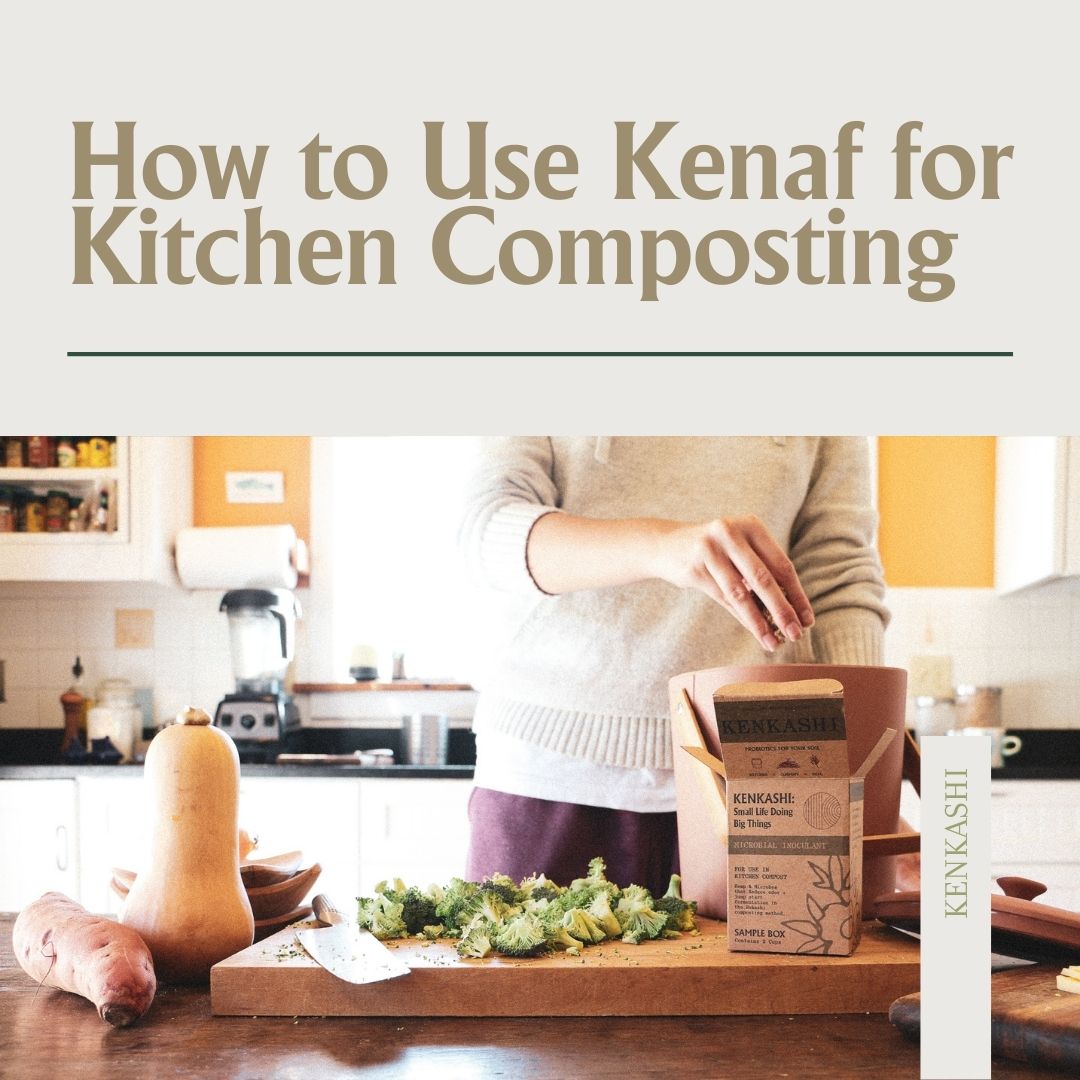
How to Use Kenaf for Kitchen Composting
During my 3 years working with bacterial treatment of organic waste I came across kenaf as an additive to waste water to stimulate microbial activity.
It was applied to waste water lagoons as pressurized pucks which slowly dissolved and released carbon into the water, which fed the microbes already present in the waste. I was immediately fascinated by the possibility of using kenaf in combination with beneficial bacteria for a wider range of applications, especially in BOKASHI composting.
Kenaf is a type of hemp grown throughout the world for a range of uses from fiber to paper making, but I was interested in the ground-up core of the kenaf plant which has a very unique honeycomb structure, acting as a hotel for bacteria and allows for longer retention and slower release of the microbial population. It also soaks up moisture like a sponge; up to 60% of its volume.
Bokashi composting has been practiced in Japan for many years. It is a process which converts food waste and other organic matter into a soil amendment which adds nutrients and improves soil texture. It differs from traditional composting in several respects. The waste is fermented instead of decomposed; the fermented matter is put directly into the soil so does not require further time for decomposition, and all of the carbon and nutrients in the waste are available to the plants without any leaching. I engaged a local university to conduct extensive tests on my suppositions, and found some very interesting characteristics of the kenaf which helped to develop the unique formula for KENKASHI.
One of the discoveries was that the application of raw kenaf spiked the microbial activity immediately upon application. This was due to the high level of carbon in the raw powder which was like candy to the microbes in the first few days but then tapered off after it had been consumed. The fermented KENKASHI also increased the microbial activity but lasted for longer. Also, raw kenaf is very dusty and difficult to handle, but when it was fermented with the bacteria it has very workable consistency. In order to take advantage of the efficacy of the raw kenaf we add it to the fermented KENKASHI after the fermentation process.
One of the discoveries was that the application of raw kenaf spiked the microbial activity immediately upon application. This was due to the high level of carbon in the raw powder which was like candy to the microbes…
In further tests we found the KENKASHI to be an ideal treatment for kitchen waste in bokashi composting because it absorbs the liquids that are a byproduct of other bokashi substrates. There is no need for a special bokashi bucket with a tap on the bottom for the somewhat unpleasant slurry associated with this process.
We found in the tests that fungal activity was greatly increased by the addition of beneficial bacteria, and so we added a blend of mycchorrhizal fungi to the dried KENKASHI which are activated on contact with moisture. By the time the bokashi is mixed into the soil it is teeming with fungi which are ready to go to work in your garden.
The pH level of the KENKASHI is neutral even though the bacterial additive is acidic.
In summary, the kenaf has been found to be an ideal substrate for the bokashi composting method for 3 main reasons.
- It retains and releases the microbes for longer
- It soaks up extra liquid
- It adds carbon to the soil
With the extra bonus of a bounty of mycorrhizal fungi!!

